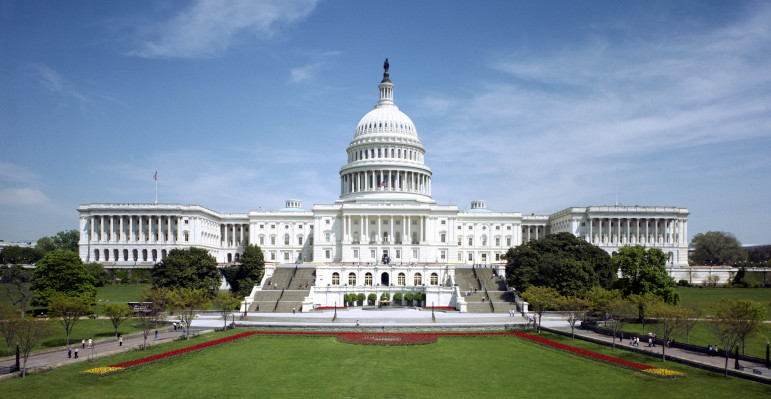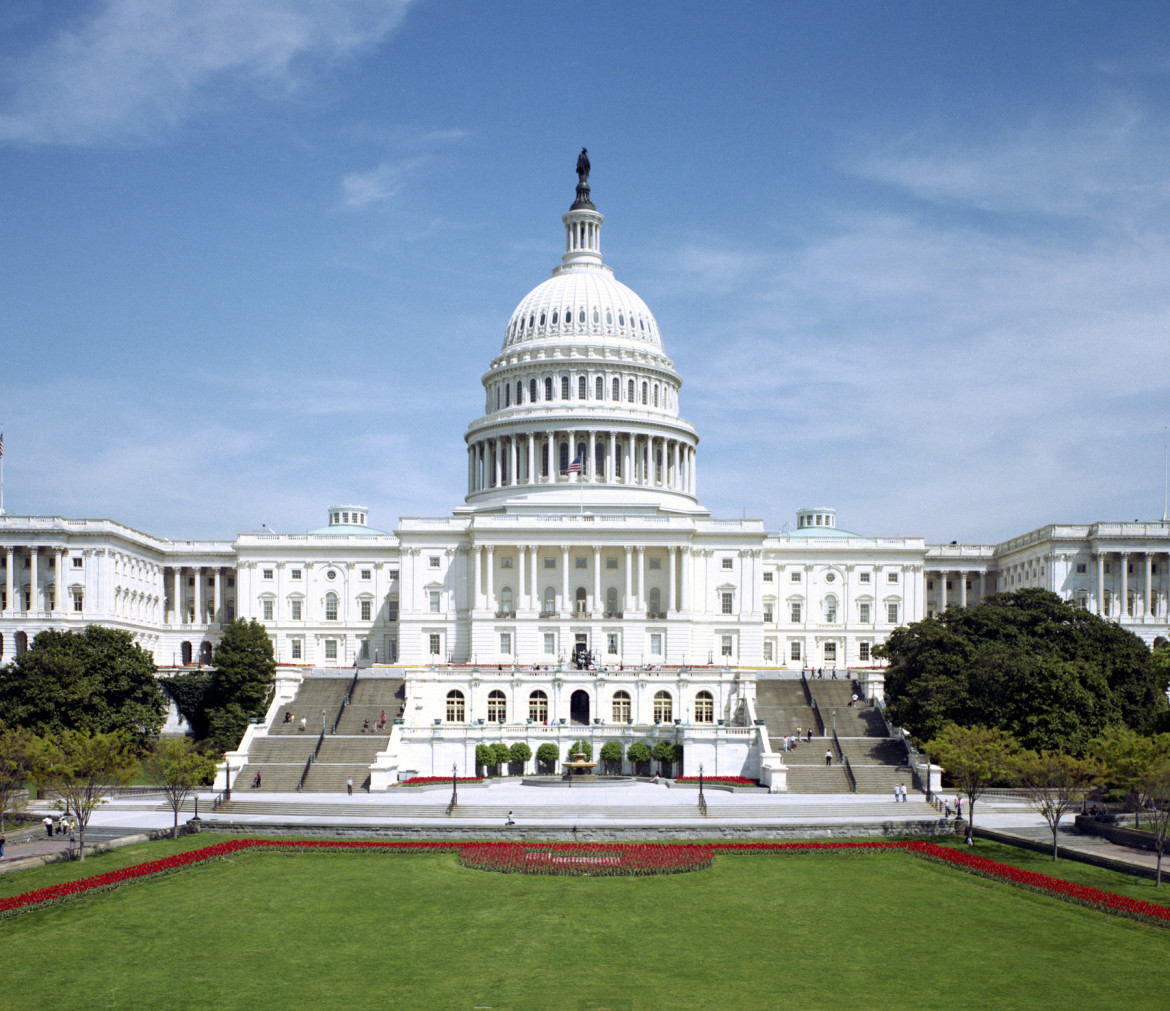 Juvenile offenders and their parents in California signed contracts agreeing to school attendance, curfews, drug testing and counseling – and the agreements prevented the youths from being incarcerated.
Juvenile offenders and their parents in California signed contracts agreeing to school attendance, curfews, drug testing and counseling – and the agreements prevented the youths from being incarcerated.
New York state funded programs in Syracuse and Utica to divert from arrest youths who had committed non-serious illegal acts at school.
Georgia made funds available to 159 county juvenile courts to find community-based services as alternatives to detention.
The efforts in the three states were funded in part by the federal Juvenile Accountability Block Grant (JABG) program, which gives states resources to improve juvenile justice systems.
But the JABG funding has been eliminated in a fiscal year 2014 spending bill released this week by House and Senate negotiators.
Marie Williams, executive director of the Coalition for Juvenile Justice, lamented that the funding has been eliminated.
Williams wrote in an e-mail that juvenile justice advocates “appreciate the difficulty of maintaining discretionary funding streams in the current climate in Congress.”
“But,” she added, “we're nevertheless very disheartened by the termination of the JABG program because we believe it represents a lack of understanding about the value of the federal investment in juvenile justice. It's not just dollars and cents; it’s a statement of priorities."
Williams told JJIE that the JABG funding “does a lot of really, really good things that I think states are going to be missing the funding for,” including prosecutors, drug courts, risk-assessment tools and school safety.
She said juvenile justice advocates would push for JABG funding in next year’s federal budget.
In a November letter to President Barack Obama, Act 4 Juvenile Justice, an advocacy coalition comprising more than 380 organizations nationwide, had requested $30 million for the JABG grant program.
While eliminating the JABG grant funding, the spending bill allows states to spend up to $10 million of the $55.5 million in Title II grants for “building, expanding, renovating, or operating temporary or permanent juvenile correction, detention or community corrections facilities.” (The Title II grants are based on formulas in which the federal government and states contribute to juvenile justice initiatives.)
Williams said singling out such facilities for funding reflects misplaced priorities on Capitol Hill.
“To us, it’s a clear indication they’re out step with the trend in juvenile justice, which is de-incarceration,” Williams said. “Why on the one hand is Congress defunding things like juvenile courts, restorative justice programs, improving juvenile justice systems, but making a point to include $10 million for juvenile corrections facilities?”
Williams noted some states, including Pennsylvania, are closing juvenile facilities as they move away from incarceration of youths.
Since the 2002 fiscal year, CJJ pointed out, Title II appropriations under the Juvenile Justice and Delinquency Prevention Act have declined by 50 percent, while Title V appropriations, which go toward delinquency prevention, have decreased nearly 80 percent.
Before being eliminated in the FY 2014 budget, JABG appropriations had been cut 90 percent since fiscal year 2002.
“You shouldn’t be defunding juvenile justice programs at a time when we’ve begun to figure out what works, and we know that what works is early intervention, prevention, community-based approaches, family involvement, youth engagement [and] non-incarcerative approaches,” Williams said.
